Top 12 Beautiful Iranian Villages that WOW You
Like any country in the world, Iran also has a routine and classic routes that most visitors prefer to take when they first travel to Iran.
However, the beauty of nature and landscapes in Iran are endless. Some of the Iranian villages have a unique architecture, if you stay with us and spend a few minutes reading this article, you will be familiar with those.
1. Abyaneh Village

With more than 2,000 years of history, the beautiful and
If you ever travel to Abyaneh, try to see it from the other side of the river which gives you the best possible view of the village.
People of Abyaneh are very committed to their culture, tradition, and language. They are the only people who speak with some characteristics of the Middle Persian language in Iran which is the language of the Sassanian Persia.
The village is located between Isfahan and Kashan.
Related Tour: Become a Local in Iran
2. Kandovan Village
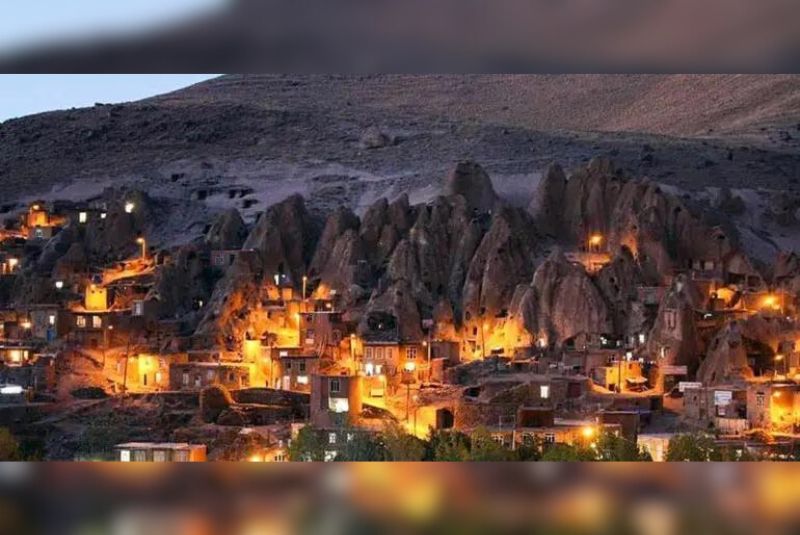
Kandovan village with its Rock Houses is a 700-year-old village in the 40km south-west of Tabriz in the northwest of Iran. It is said that some of the chambers have more than thousands of years old.
The village is still inhabited and people live inside the volcanic rocks carved in the form of dwelling chambers. To have an authentic experience, when you travel to Kandovan, it would be a good idea to stay at Laleh Kandovan International Hotel which is one of the three rocky hotels in the world.
3. Meymand Village
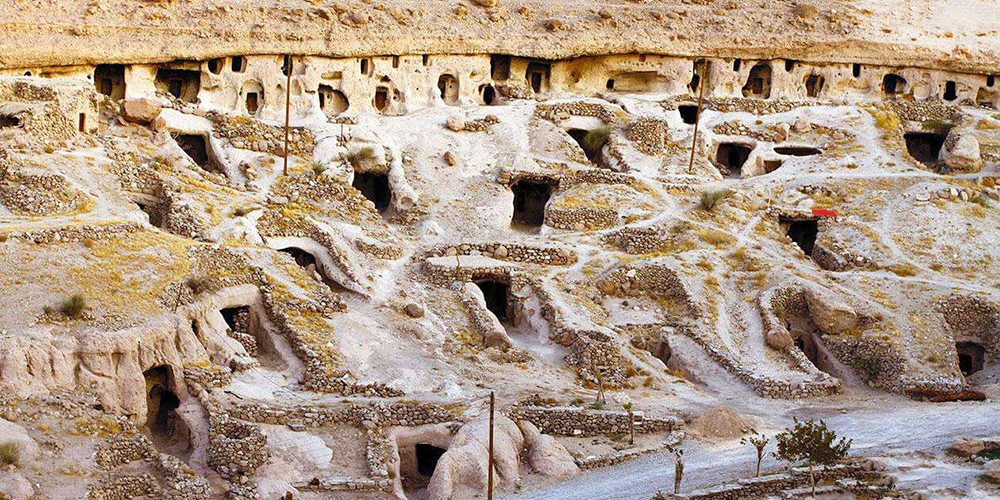
The unique and magnificent village of Meymand was listed as a World Heritage Site of UNESCO in 2015 as a cultural landscape. The same as Kandovan, people live in cave-dwelling carved.
However, there is a difference between Kandovan and Meymand in the shape, in which the chambers of Kandovan are more vertically while Meymand chambers are more horizontally.
To travel to Meymand which is located in Kerman province in the southeast of Iran, it’s better to take a road from Kerman to Meymand.
4. Masouleh Village
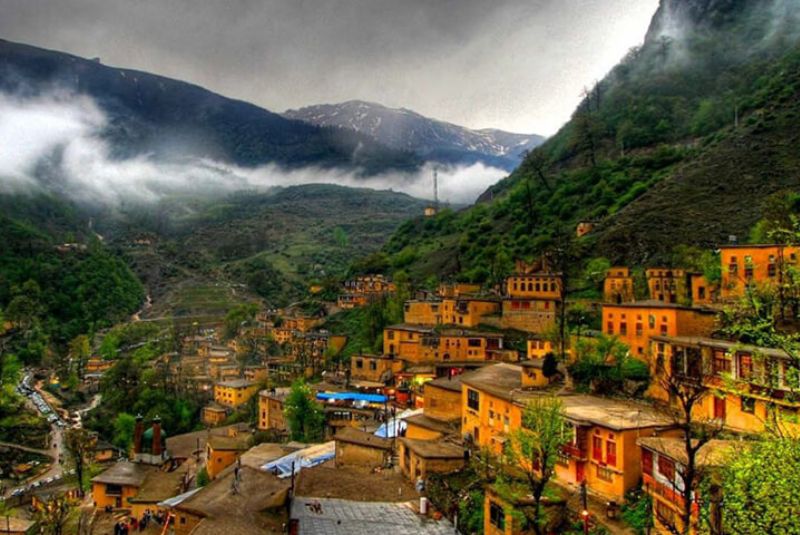
Masouleh Village is located in the green Gilan province in about 2 hours from Rasht and has a unique and magnificent architecture which is not only because of the style of buildings but more due to its size.
The houses are built in a way that the roof of one house serves as the courtyard of the home above. Both courtyards and roofs play a role as pedestrian areas. If you have a plan to travel to Masouleh, don’t forget to enjoy local cuisine as well.
Read more: Best Time to Visit Iran: A Season-by-Season Guide
5. Palangan Village
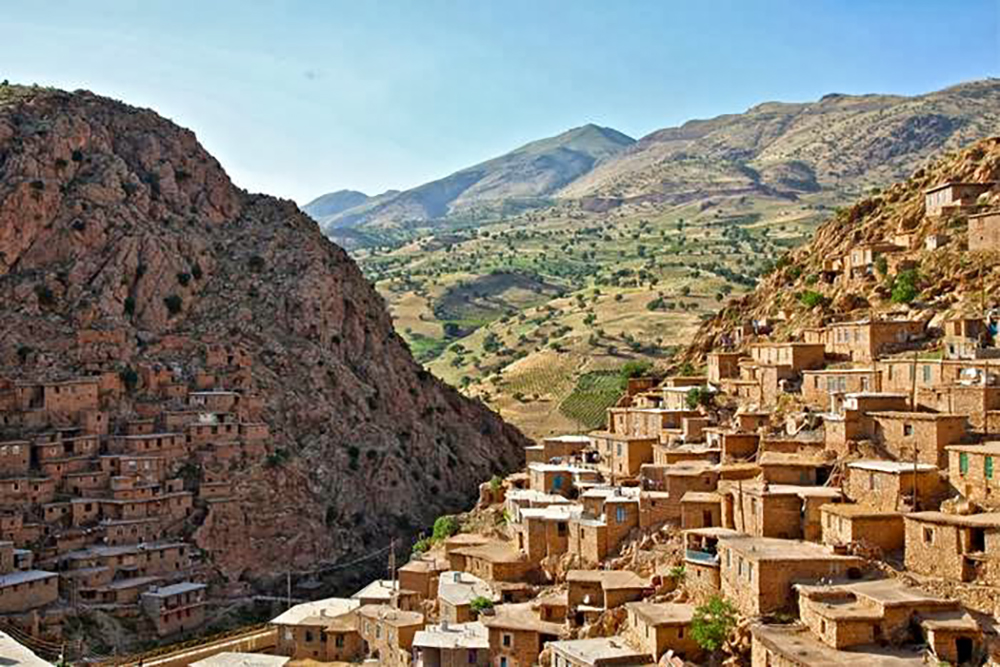
The amazing village of
The area is really
6. Filband village

In the Alborz mountain range of northern Iran lies Filband village, a picturesque hamlet celebrated for its unique charm and breathtaking landscapes. Positioned at an elevation of approximately 2,300 meters above sea level, Filband earns the moniker "Roof of Mazandaran." Surrounded by dense forests, the village exudes a serene atmosphere, drawing nature enthusiasts and adventure seekers alike. A distinctive feature is the frequent sea of clouds that blankets the valley, lending an ethereal quality to the scenery. Filband's traditional architecture, characterized by red-tiled roofs and wooden facades, seamlessly integrates with the natural surroundings. This enchanting village has become a sought-after destination, providing visitors with a tranquil retreat and an opportunity to immerse themselves in the captivating beauty of Iran's northern region.
7. Javaher Deh village
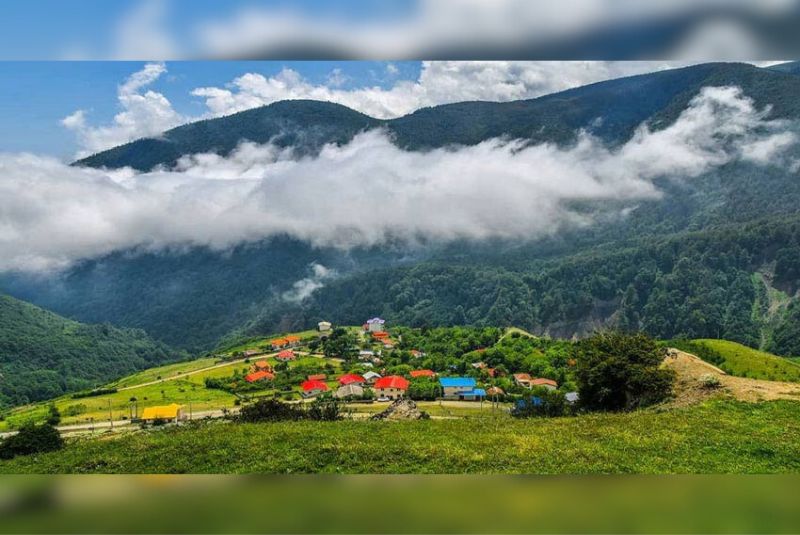
Emerging from mesmerizing landscapes of Ramsar in northern Iran, Javaher Deh village stands as an alluring destination, drawing in both local and international travelers. Enveloped by an ethereal mist, the village's dreamlike ambiance is enhanced by a delightful climate and unique natural features. Hyrcanian forest encircles Javaher Deh, home to a diverse range of trees such as beech, mulberry, chestnut, and acacia. The lush vegetation includes sparrow, hazelnut, sour apple, pear, walnut, barberry, plum, parsnip, thyme, chamomile, orange, and tangerine trees. Elevated areas display an array of wildflowers, ferns, and borage flowers, contributing to the enchanting panorama. Beyond its natural allure, Javaher Deh preserves traditions with mud-brick houses reflecting its traditional architecture. The welcoming locals, coupled with agricultural prosperity and cultural richness, ensure that Javaher Deh promises an unforgettable exploration of Iranian rural life.
| Read more: Jahan Nama Village in Iran - Breathtaking Beauty
8. Sahulan Village
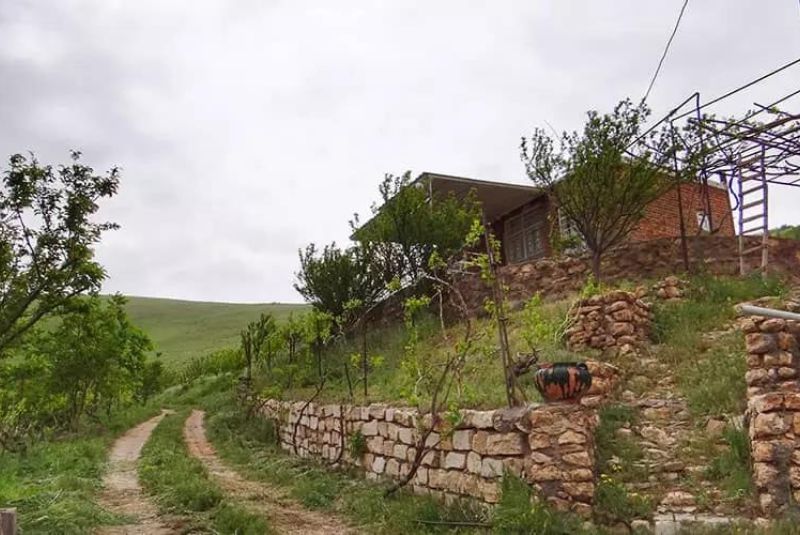
Situated amid the picturesque landscapes surrounding Mahabad in West Azarbaijan province, Sahulan Village emerges as a captivating destination that epitomizes the enduring beauty of Iranian villages. With a rich history spanning approximately 400 years, Sahulan continues to thrive, sustained by its agricultural traditions. The village is a lively hub for cultivating wheat, lentils, grapes, almonds, apples, and walnuts, creating a vibrant textile of rural life. In addition to agriculture, local handicrafts, such as carpets, rugs, socks, and traditional Kurdish clothing made from animal wool, contribute to the village's economy, deeply rooted in cultural heritage.
Embracing their Kurdish identity, the residents proudly wear traditional attire. Sahulan bears witness to the region's cold climate, making the summer months the ideal time to explore its charm. Enhancing its allure is the nearby Sahulan Blue Cave, known locally as Lane Kaboutar(Pigeon's Nest), with intriguing features like 300 water paths and a 30-meter deep lake, creating a captivating contrast in temperature between the cave's interior and the external environment.
| Read more: Chalus - Iran's Most Beautiful Road
9. Ziarat Village
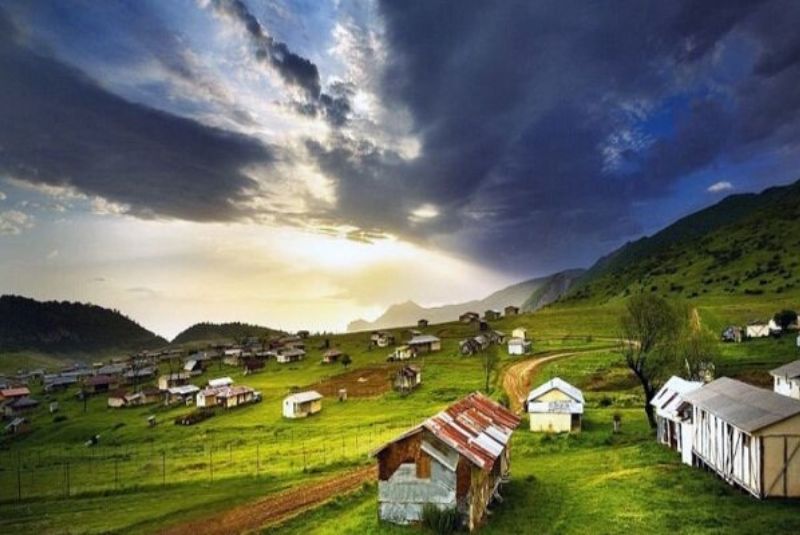
Located in the scenic Golestan province in northern Iran, Ziarat village is a popular destination within the country's pristine tourist spots. Surrounded by mountains and forests, it attracts nature lovers and those seeking peace.
The journey starts with a scenic 7-kilometer road through the Naharkhoran forest, offering stunning views and challenging climbs for experienced hikers. The village itself presents a fascinating contrast: modern villas stand beside traditional brick houses, some dating back centuries. Narrow alleys lead to two-story structures, showcasing the region's architectural heritage.
Beyond the charming buildings, Ziarat boasts natural wonders. Cascading twin waterfalls provide a refreshing escape, while the crystal-clear hot spring offers therapeutic warmth. The surrounding verdant heights promise fresh air and serene landscapes.
But Ziarat's heart lies in its welcoming people. Renowned for their hospitality, they invite visitors to experience local culture and delicious cuisine. Whether searching for adventure on hiking trails or tranquility in the village's calm atmosphere, Ziarat guarantees an unforgettable experience.
10. Makhunik Village

Within the Makhunik region near the Afghanistan border, Makhunik is a remote and captivating destination renowned for its unique culture and daily customs. The village boasts various attractions, including rock paintings, a stone tower used as a lookout point against enemy attacks, the Gol-e Anjir tower, and the wanderer's house (Manzel-e Sargardani).
Notably, in 2005, a 25cm mummified body was discovered, sparking speculation about an ancient 'City of Dwarfs.' Though experts determined it to be a premature baby from 400 years ago, the find sheds light on the historical height deficiency of Makhunik residents due to malnutrition.
Inhabited by Afghan people who migrated to Iran years ago, Makhunik residents are known for their peaceful nature and a reluctance to engage in activities like hunting or consuming tea, red meat, or tobacco.
The village's distinct feature is the short stature of its residents, averaging around 1 meter and 40 centimeters. The absence of courtyards and windows in house construction further adds to Makhunik's unique character, making it a must-visit for those intrigued by historical places in South Khorasan province.
| Read more: Why Explore Iran's Ecotourism Wonders
11. Bayaz Village
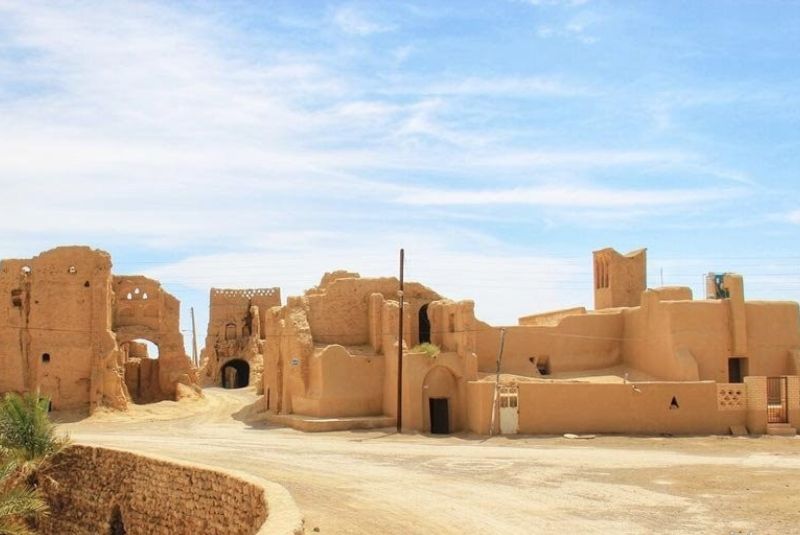
In the heart of autumn, when summer's vibrant hues surrender to the crisp embrace of winter, a metamorphosis takes hold in Bayaz village. Rolling fields, once bathed in the golden glow of wheat, transform into a breathtaking spectacle – a vast, shimmering sea of "white gold," spun from the delicate fibers of cotton. This precious crop, the lifeblood of Bayaz's 4,000 souls, paints the landscape in an ethereal beauty that draws visitors eager to witness its magic.
But Bayaz's allure goes far beyond the economic and visual splendor of its cotton wealth. Beneath the surface, whispers of history lie hidden, waiting to be unearthed. Ancient Persian Qanats, intricate water channels carved into the earth centuries ago, still quench thirsty fields. Weathered mills, silent sentinels of a bygone era, stand as testaments to human ingenuity. The imposing Abbasi Caravanserai, a 400-year-old landmark frozen in time, echoes with the laughter and chatter of long-gone travelers who sought solace within its walls.
And then there's the enigmatic Bayaz Castle, a two-story fortress guarding the village with its five remaining towers, adding a touch of mystery to Bayaz village, inviting exploration and speculation.
12. Mazichal Village
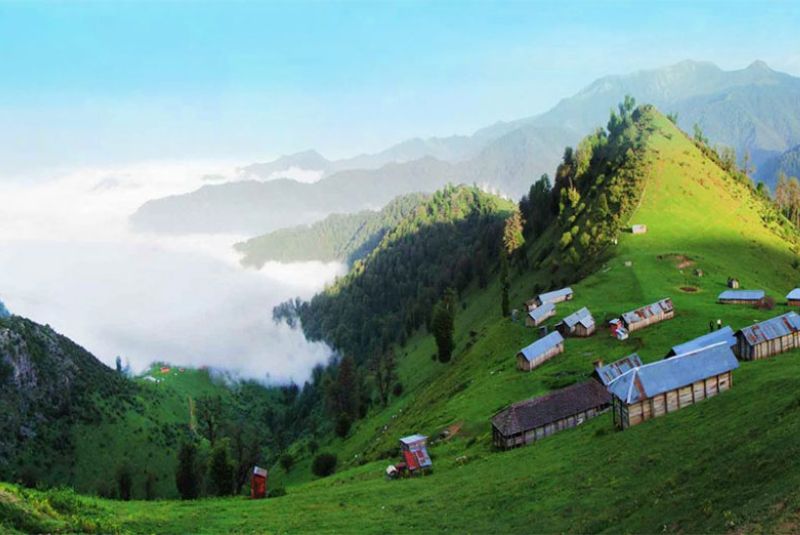
Mazichal village, in the verdant landscapes of northern Iran, captivates with its charm. Accessible through a forest road flanked by regal oak trees, the route occasionally weaves through thick fog, necessitating guidance from locals. Along the way, remnants of old cemeteries, obscured by trees, hint at the village's historical connection to nature. The Abbas Abad forests surrounding Mazichal boast diverse flora, including oak, maple, and pine, echoing with the melodies of wild birds. The village, a seasonal abode, transforms with each passing season. Winters drape its paths in a serene white, enticing tourists, albeit mostly for day trips. In summer, huts become habitable, offering respite in the embrace of nature. Accommodations are minimal, but camping is welcomed for those seeking an authentic connection with Mazichal's pristine surroundings. The night air, though cold, promises an immersive experience beneath the starlit sky, making Mazichal a haven for nature enthusiasts.
Bottom Line
Beautiful Iranian Villages beckon with diverse charms – some boast pristine nature, others showcase unique architecture. Whether you seek serenity in green landscapes or a journey through ancient history, these villages cater to all preferences, offering a captivating exploration of Iran's cultural and natural diversity.
Share your story!
Comment below and let us know about your Experience.
Your story inspires others!


Comment
Leave a Comment